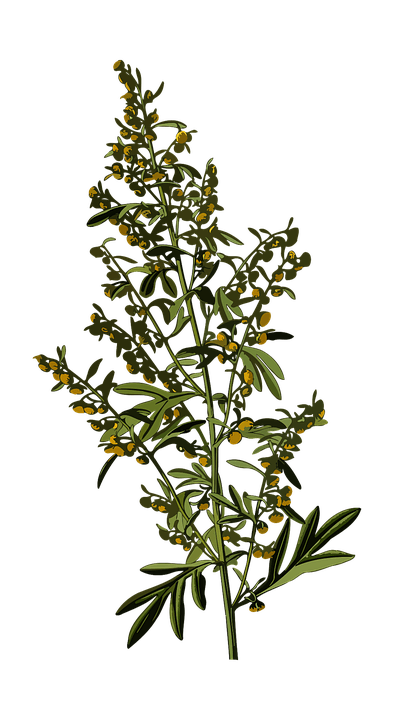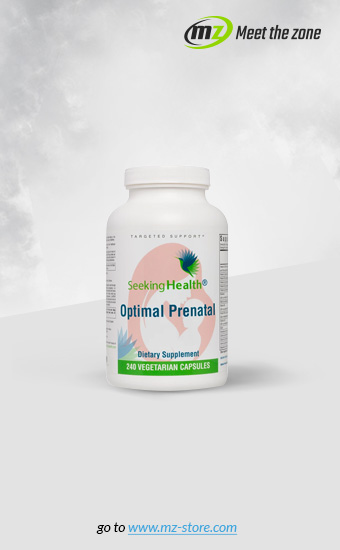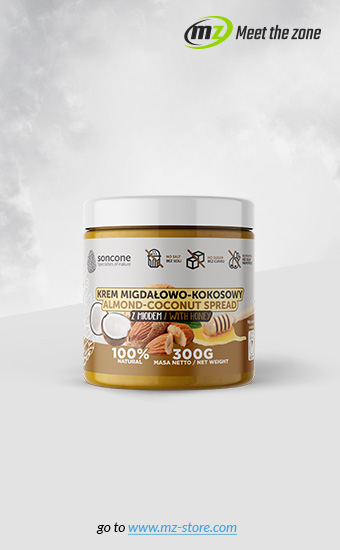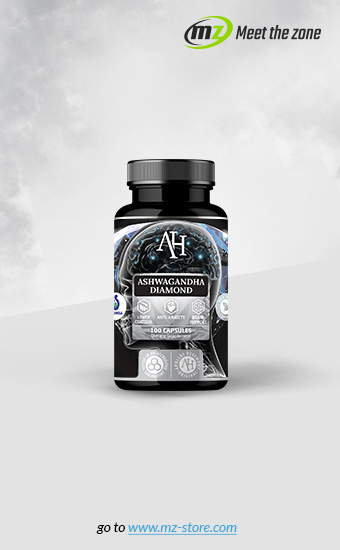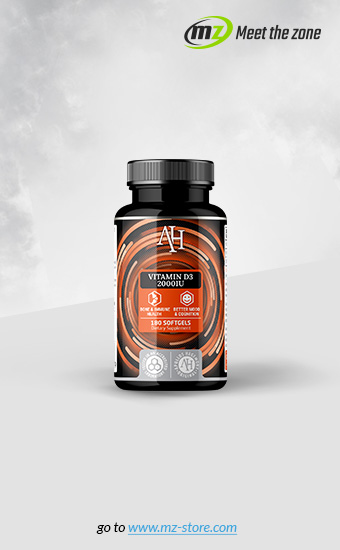Artemisia annua, as the name suggests is a an annual plant. It takes the form of very high (up to 2-3 meters) stems, which with time change the color from green to red-brown. Usually bare stems of this plant are covered with alternating leaves and tiny green-yellow flower heads. Interestingly, a delicate aroma of this plant does not come from its flowers, but leaves.
This plant may be currently encountered in various regions of the World, but it comes from Asia. As early as in the ancient times it was described by the Chinese medicine - as effective help in dealing with fever or malaria. It is currently known that active compounds contained in this plant are able to help also in parasitic and tick-borne diseases. It owes its fame in herbalism to a richness of active compounds, which are contained in it: numerous coumarins, flavones, flavonols and phenolic acids.
The main applications
-the flu
-borreliosis coinfections
-fever

-chills
-infections
-inflammations
-parasitic diseases
-fungal infections
-lupus
-bronchitis
-supportively in leukemia
Properties and effects documented by research
One of the important active substances contained in Artemisia annua is artemisinin. Mainly this substance should be attributed antimalarial effect of Artemisia annua extracts - artemisinin reacts with iron ions, thanks to which it stimulates the process of production of free radicals and contributes to the destruction of undesired cells (in case of malaria they are protozoans feeding on blood cells). On the basis of these studies, some scientists conclude that artemisinin may turn out to be effective also in case of the treatment of cancer and it may decrease the risk of developing this kind of disease. The whole herb is also suspected to have destructive influence on borreliosis spirochete.
Properties and effects documented by traditional use
Ancient notes recommended this plant as help for people with malaria and also in contemporary Africa, the internal richness of this plant is perceived as the key step in the fight with this disease. Also according to the Chinese medicine, Artemisia annua extract is able to help in the treatment of leukemia - directly influencing sick blood cells and incapacitating them.
As practice indicates, this plant’s extracts may also help people with liver disorders or those who deal with urinary system inflections and disorders in the excretory system. It also constitutes valuable help in the fight with fungi attacking skin, hair and nails.
Dosing
Tinctures and infusions may be prepared from this plant. The recommended dose ranges from 3 to 12 g, only in case of high fever, the dose may be increased to 24 g. Some sources recommend taking 1/3 teaspoon of herb 2 times a day for the period of 30-40 days.
